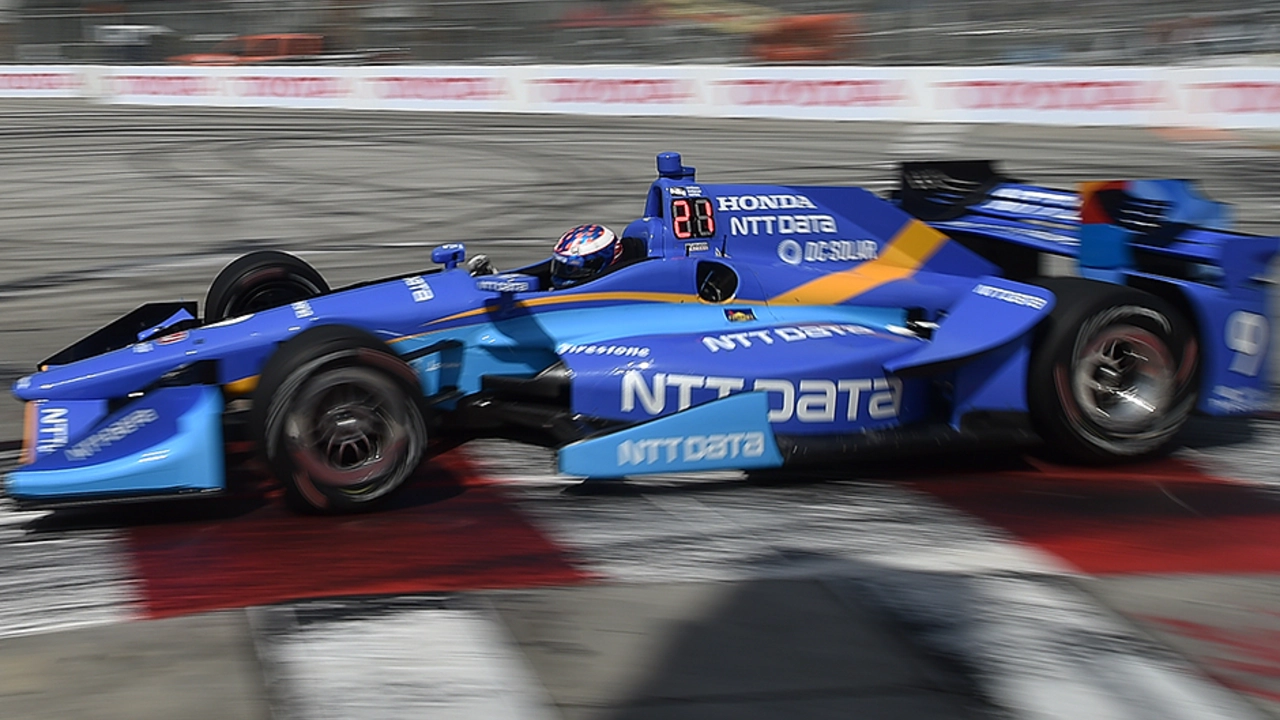Fuel Basics for Motorsports Fans
If you watch a race, you’ll notice cars blur by in a flash of colour and sound. What makes them move that fast? It’s the fuel inside the tank. Understanding fuel helps you see why a driver can sprint ahead or why a team might pit early.
Fuel isn’t just a liquid you pour in. It’s a mix of chemicals that release energy when they burn. The more energy released, the more power the engine gets. But more power also means more heat, more wear, and sometimes less mileage. That balance is the heart of race strategy.
How Fuel Impacts Race Strategy
Teams calculate how many laps they can do before the fuel runs out. If a car can finish the race on one tank, it can skip a pit stop and gain time. On the other hand, a lighter car with less fuel is quicker around corners, so some crews prefer to carry just enough for a short sprint.
When the weather changes, fuel strategy shifts too. Hot air makes engines work harder, so teams might add a little extra to keep the power steady. A rain‑soaked track can also affect how fuel burns, so crew chiefs keep a close eye on the forecast.
Choosing the Right Fuel for Different Disciplines
Not all racing uses the same fuel. Formula cars often run on high‑octane gasoline that burns cleanly and delivers rapid response. Rally cars might use a blend that handles rough roads and altitude changes. Diesel‑powered trucks rely on fuel that gives strong torque for pulling heavy loads.Each type of fuel has a rating called octane or cetane that tells you how fast it ignites. Higher octane fuels resist knocking, which is when the fuel explodes too early. Knocking can damage an engine, so teams pick the right rating to match their engine’s compression.
Some series even allow bio‑fuel mixes. Those blends can cut emissions and still provide enough power for competitive racing. If you’re a fan of eco‑friendly racing, keep an eye on events that showcase these alternatives.
When you hear a driver talk about “fuel saving,” they’re usually talking about short‑shifting, coasting, or using a higher gear earlier. These tactics keep the engine from revving too high, which uses less fuel per lap.
Finally, remember that fuel isn’t the only thing that matters. Tire choice, aerodynamics, and driver skill all work together. But without the right fuel, none of those factors can reach their full potential.
Next time you watch a race, notice when a car pits. It’s often a fuel decision, not just a tire change. Understanding that can make the sport feel a lot more exciting.

Is indycar fuel leaded?
Derek Kingsworth Jul 22 0In my research about the fuel used in IndyCar races, I found out that they don't use leaded fuel. It turns out the racing series switched to ethanol as their fuel of choice. This biofuel is not only more environmentally friendly but also promotes renewable energy. It's quite a departure from the old days when leaded gasoline was the norm. So, no, IndyCar fuel is not leaded, it's actually quite green!
More Detail